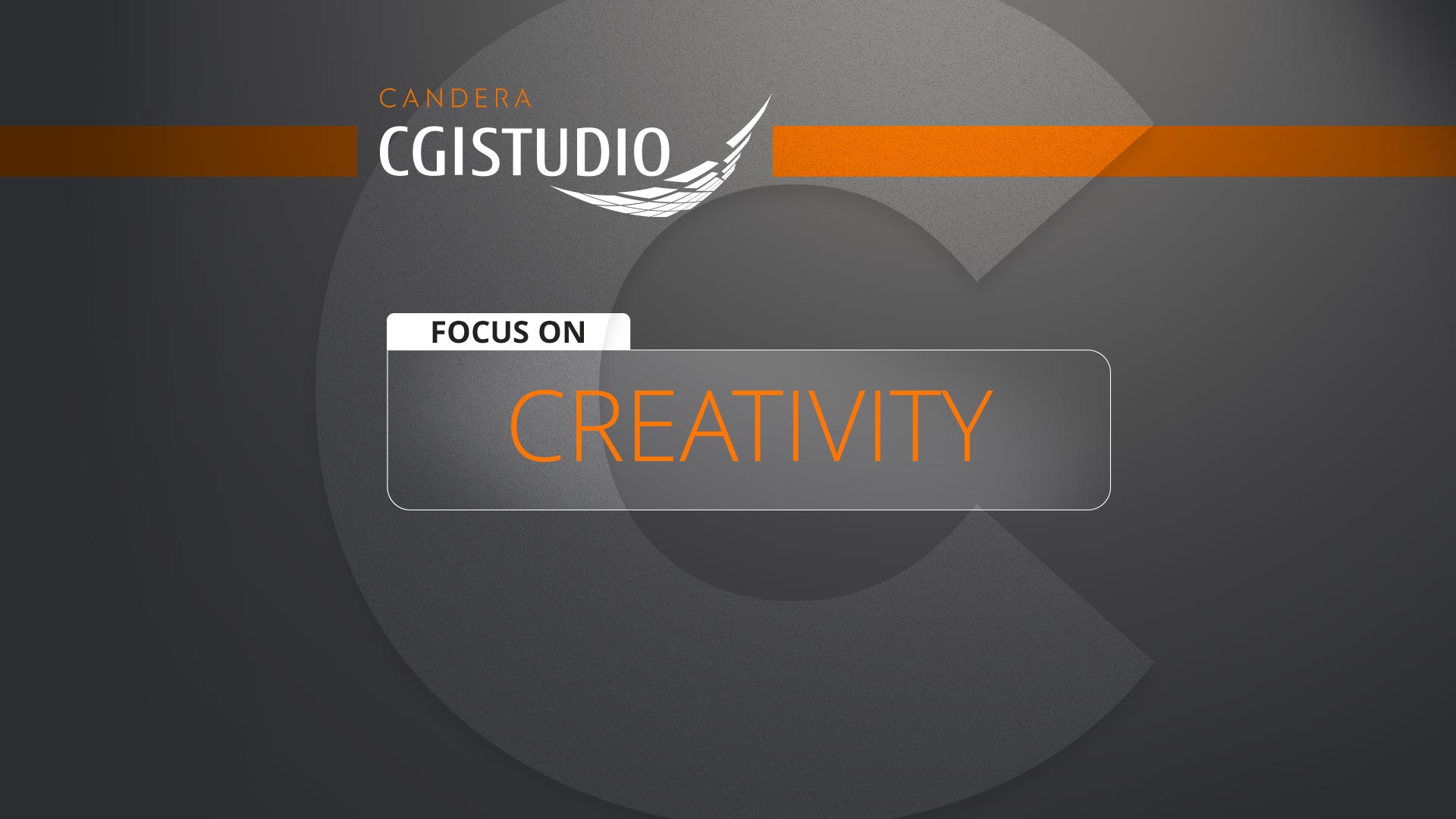
Unleashing Creativity with a Highly Flexible Design Environment: How CGI Studio Empowers HMI Developers
Balancing functionality with creativity is key in HMI development. As expectations for visually appealing, user-friendly interfaces grow, developers need a Flexible HMI Design Environment that fosters both design innovation and technical precision. CGI Studio provides such an environment, enabling developers to craft dynamic HMIs that deliver excellent user experiences.
The Importance of Creativity in HMI Design
HMIs must be intuitive and visually appealing as they serve as the main interaction point between users and machines. Traditional HMI frameworks limit design possibilities, forcing developers to work within rigid templates. CGI Studio’s flexibility allows developers to overcome these constraints and create bespoke, visually unique HMIs that can be customized to suit different product requirements and user preferences, giving each product its own unique feel while maintaining usability.A WYSIWYG Approach to Design
CGI Studio’s What You See Is What You Get (WYSIWYG) design approach empowers developers with real-time visualization. Adjusting layouts, colors, and interaction models instantly reveals their impact, which enhances creativity and speeds up iterations, allowing innovation without compromising tight deadlines. This real-time feedback is particularly valuable when working on high-stakes projects, as it ensures that the design aligns with the intended user experience throughout the development process.Flexibility Without Sacrificing Usability
CGI Studio strikes the ideal balance between creative freedom and usability, allowing developers to customize HMIs for specific product requirements. Whether for automotive dashboards or wearable tech, developers can adjust the interface to ensure it is both visually distinct and functionally optimized. CGI Studio ensures that designers are not limited by a one-size-fits-all approach, enabling them to adapt the design for different screen sizes, resolutions, and use cases while maintaining core functionality and intuitive navigation.Tool Integration and Experimentation
CGI Studio integrates seamlessly with popular design tools like Photoshop and Figma, letting developers leverage familiar assets and translate them into interactive, functional HMIs. This flexibility encourages experimentation, allowing developers to test new layouts and interaction models that enhance the user experience. Developers can iterate rapidly, trying different visual styles or interaction patterns, which ultimately leads to a more polished and user-friendly final product.A Collaborative Design Process
HMI development often involves input from multiple stakeholders, including designers, developers, and product managers. CGI Studio’s collaborative design environment allows all team members to contribute effectively, regardless of their technical background. Designers can create and adjust layouts without needing to dive into code, while developers can focus on fine-tuning performance and adding advanced functionalities. This collaborative workflow speeds up the development cycle and ensures that the final product meets both aesthetic and functional standards.Conclusion: Elevating HMI Design with CGI Studio
CGI Studio combines creative flexibility with usability, enabling developers to craft tailored HMIs that are both visually appealing and highly functional. By integrating seamlessly with design tools and supporting a collaborative design process, CGI Studio fosters innovation while ensuring intuitive, effective HMIs that meet user expectations. It provides a robust platform for crafting interfaces that not only look great but also provide exceptional user experiences across various applications.